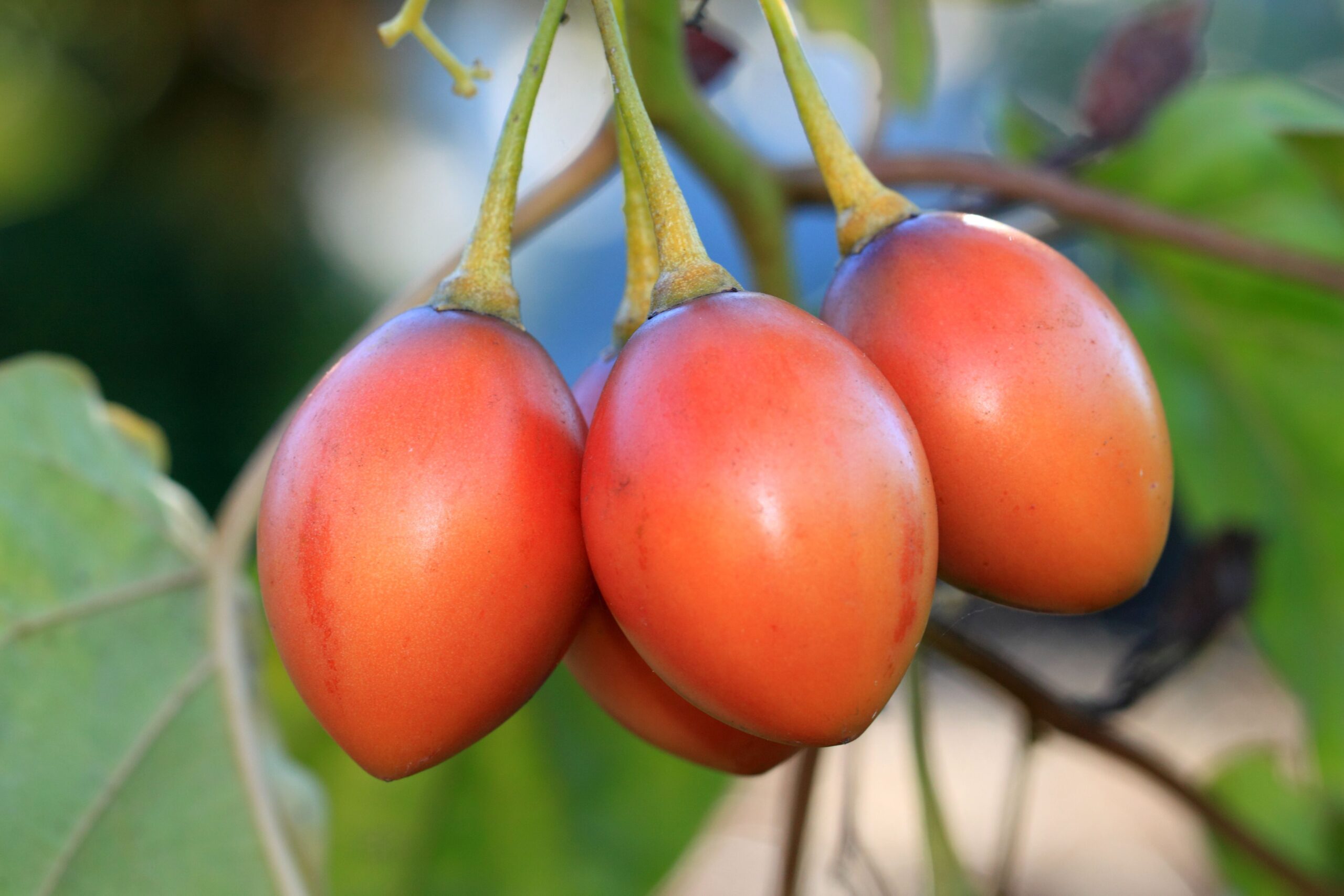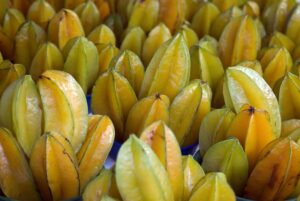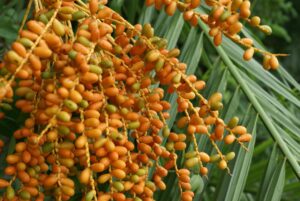How to Grow and Care for Tamarillo: A Complete Guide
Tamarillo, also known as the tree tomato, is a fascinating and versatile fruit that can transform your gardening experience. Whether you’re looking to add an exotic touch to your garden or enjoy its unique sweet-tart flavor, growing tamarillos can be a rewarding endeavor. This comprehensive guide will walk you through everything you need to know about cultivating this vibrant fruit tree in your home garden, containers, or outdoor spaces.
What is Tamarillo?
Tamarillo (Solanum betaceum) is a small, fast-growing subtropical tree native to South America. Though relatively unknown in many parts of the United States, this attractive plant produces egg-shaped fruits with colors ranging from deep purple to red, orange, or yellow. The fruit’s flesh has a tangy flavor profile that’s often compared to a complex blend of tomato, passion fruit, and guava.
Tamarillo Varieties for the US Market
Before diving into cultivation methods, it’s important to know which varieties perform best in the US climate:
| Variety | Color | Flavor Profile | Cold Hardiness | Best US Regions |
|---|---|---|---|---|
| Red Beauty | Deep red | Sweet-tart, rich | USDA Zones 9-11 | Southern California, Florida, Hawaii |
| Gold | Yellow-orange | Milder, sweeter | USDA Zones 9-11 | Southern states, protected areas |
| Rothamer | Dark purple | Complex, wine-like | USDA Zones 8-11 | Pacific Northwest with protection |
| Inca Gold | Golden | Sweet, less acidic | USDA Zones 9-11 | California, Arizona, Texas |
| Solid Gold | Yellow | Sweet, low acidity | USDA Zones 8-11 | Southern and western coastal regions |
Growing Tamarillo from Seed
Starting tamarillo from seed is an economical and satisfying approach, though it requires patience compared to using nursery plants.

Seed Collection and Preparation
- Collect seeds from ripe tamarillo fruit by slicing it open and scooping out the seeds with the surrounding pulp.
- Place the seeds and pulp in a glass of water for 2-3 days, stirring occasionally.
- The viable seeds will sink to the bottom while the pulp floats.
- Rinse the seeds thoroughly and dry them on a paper towel.
Seed Starting Process
- Fill seed-starting trays with a well-draining seed-starting mix.
- Plant seeds ¼ inch deep, spacing them about 1 inch apart.
- Keep the soil consistently moist but not waterlogged.
- Maintain a warm environment (65-75°F) – consider using a heat mat.
- Seeds typically germinate within 2-4 weeks.
- Once seedlings have developed 2-3 true leaves, transplant them to individual 4-inch pots.
According to the USDA Agricultural Research Service, proper seed preparation significantly improves germination rates in Solanum species like tamarillo. Their research suggests that fermenting the seeds briefly in their pulp mimics natural processes and can increase germination success by up to 30% https://www.ars.usda.gov/research/publications/.
Container Growing Guide
Growing tamarillo in containers is ideal if you live in a colder climate or have limited garden space. This method gives you the flexibility to move the plant indoors during harsh weather.
Choosing the Right Container
Your tamarillo will need:
- A large container (at least 15-20 gallons)
- Excellent drainage holes
- Sturdy construction to support the growing tree
Container Soil Mix
Create an optimal growing medium by combining:
- 60% high-quality potting soil
- 20% compost
- 10% perlite
- 10% coconut coir or peat moss
This mixture provides the perfect balance of nutrients, moisture retention, and drainage that tamarillos crave.
Container Care Tips
- Place your potted tamarillo in a location that receives 6-8 hours of sunlight daily.
- Water thoroughly when the top inch of soil feels dry.
- Apply a balanced, slow-release fertilizer every 2-3 months during the growing season.
- Prune to maintain a manageable size, ideally keeping the plant under 6 feet tall.
- Move containers indoors or to a protected area when temperatures drop below 40°F.
Outdoor Garden Cultivation
If you’re fortunate enough to live in USDA zones 9-11, you can grow tamarillo directly in your garden year-round. In zones 8 and colder, consider growing it as an annual or providing winter protection.
Site Selection and Preparation
Choose a location with:
- Full sun exposure (minimum 6 hours daily)
- Protection from strong winds
- Well-draining soil
- Slightly acidic to neutral pH (6.0-7.0)
Prepare your planting area by:
- Removing all weeds and grass
- Incorporating 2-3 inches of compost into the native soil
- Creating a slight mound to improve drainage if your soil tends to retain water
Planting Process
- Dig a hole twice as wide as your plant’s root ball and equally deep.
- Gently remove the plant from its container, taking care not to disturb the roots.
- Place the plant in the hole, ensuring the top of the root ball is level with the surrounding soil.
- Backfill with the amended soil, tamping gently to remove air pockets.
- Water thoroughly after planting.
- Apply a 2-3 inch layer of mulch around the base, keeping it several inches away from the trunk.
Ongoing Care Requirements
Proper maintenance is essential for healthy tamarillo plants and abundant fruit production.
Watering Needs
Tamarillos require consistent moisture but are susceptible to root rot if overwatered:
- Water deeply when the top 1-2 inches of soil becomes dry.
- Reduce watering during cooler months or rainy periods.
- Increase watering during fruit development and hot, dry weather.
- Apply water directly to the soil rather than overhead to prevent disease.
Fertilization Schedule
Tamarillos are heavy feeders that benefit from regular fertilization:
- At planting: Incorporate slow-release balanced fertilizer into the planting hole.
- Monthly during growing season: Apply a balanced organic fertilizer (10-10-10).
- When flowering begins: Switch to a fertilizer higher in phosphorus and potassium (5-10-10) to encourage fruit production.
The National Institute of Food and Agriculture recommends soil testing before establishing fertilization routines for specialty fruit crops like tamarillo. You can access their soil testing guidelines at https://nifa.usda.gov/grants/programs/soil-testing.
Pruning and Training
Regular pruning promotes better fruit production and maintains a manageable size:
- Remove any damaged or diseased branches immediately.
- Prune in early spring to remove crossing branches and improve air circulation.
- For container plants, maintain a height of 5-6 feet by trimming the main leader.
- For garden plants, encourage a vase-like structure with 3-5 main branches.
Pest and Disease Management
While generally resilient, tamarillos can face several challenges:
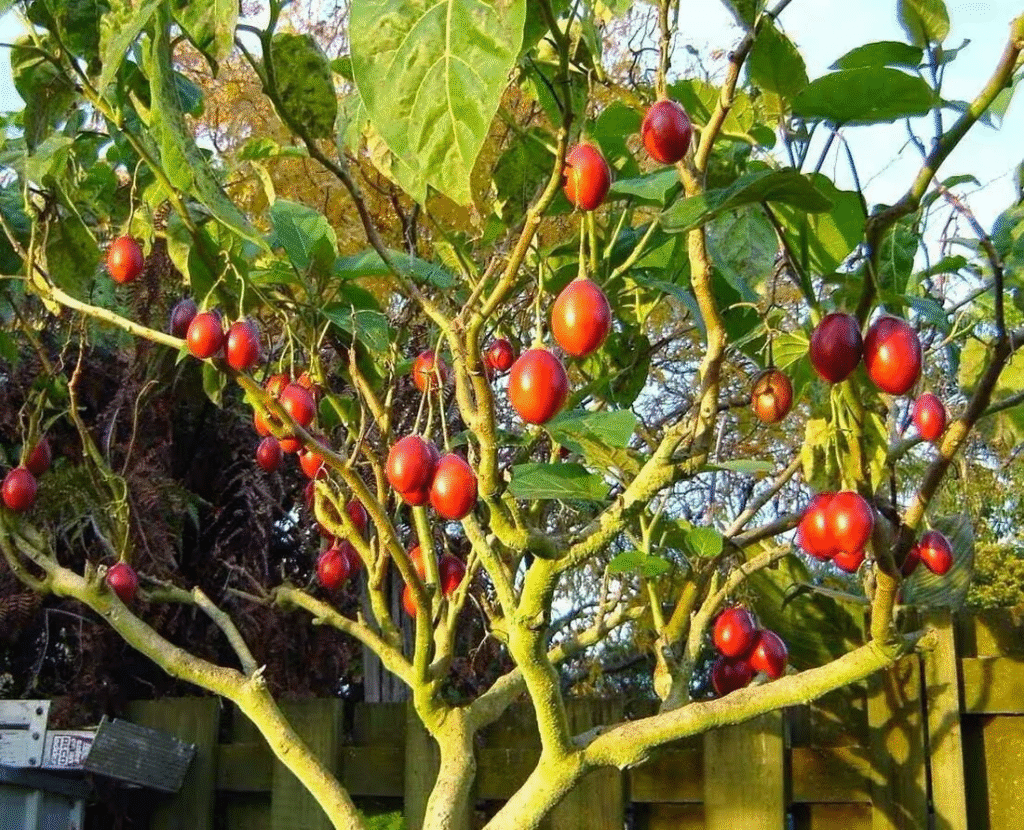
Common Pests
- Aphids: Control with insecticidal soap or a strong stream of water.
- Spider mites: Increase humidity around plants and apply neem oil.
- Whiteflies: Use yellow sticky traps and insecticidal soap applications.
- Fruit flies: Harvest promptly and dispose of fallen fruit.
Disease Prevention
- Powdery mildew: Improve air circulation and avoid overhead watering.
- Root rot: Ensure proper drainage and avoid overwatering.
- Bacterial wilt: Use disease-free soil and practice crop rotation.
- Virus diseases: Control insect vectors and remove infected plants promptly.
Harvesting and Using Your Tamarillo
The reward for your careful cultivation is a bountiful harvest of unique, flavorful fruits.
When and How to Harvest
Tamarillo fruits typically mature 5-6 months after flowering:
- Harvest when fruits develop full color but are still slightly firm.
- Cut fruits with a small portion of stem attached rather than pulling them.
- Handle gently to avoid bruising.
- Expect your first harvest within 1-2 years of planting.
Post-Harvest Handling
- Ripen fruit at room temperature if harvested slightly underripe.
- Store ripe fruit in the refrigerator for up to 2 weeks.
- For longer storage, freeze prepared fruit puree.
Culinary Uses
Your home-grown tamarillos can enhance your culinary repertoire:
- Halve and scoop out the flesh for fresh eating (skin is typically too bitter)
- Blend into smoothies or juices
- Make jams, chutneys, or sauces
- Add to salsas for a unique tropical twist
- Bake into desserts like tarts or crumbles
- Use as a colorful garnish for savory dishes
Overwintering Strategies
If you’re growing tamarillo outside its preferred climate zones, these overwintering strategies will help protect your investment:
For Container Plants
- Move containers indoors before temperatures drop below 40°F.
- Place near a south-facing window for maximum light exposure.
- Reduce watering frequency but maintain consistent moisture.
- Hold off on fertilizing until active growth resumes in spring.
For Garden Plants
- Apply a thick layer of mulch around the base.
- Create a protective structure with stakes and frost cloth.
- Consider using outdoor heating cables in marginally cold areas.
- In zones 7 and colder, treat as an annual or dig up and pot for indoor overwintering.
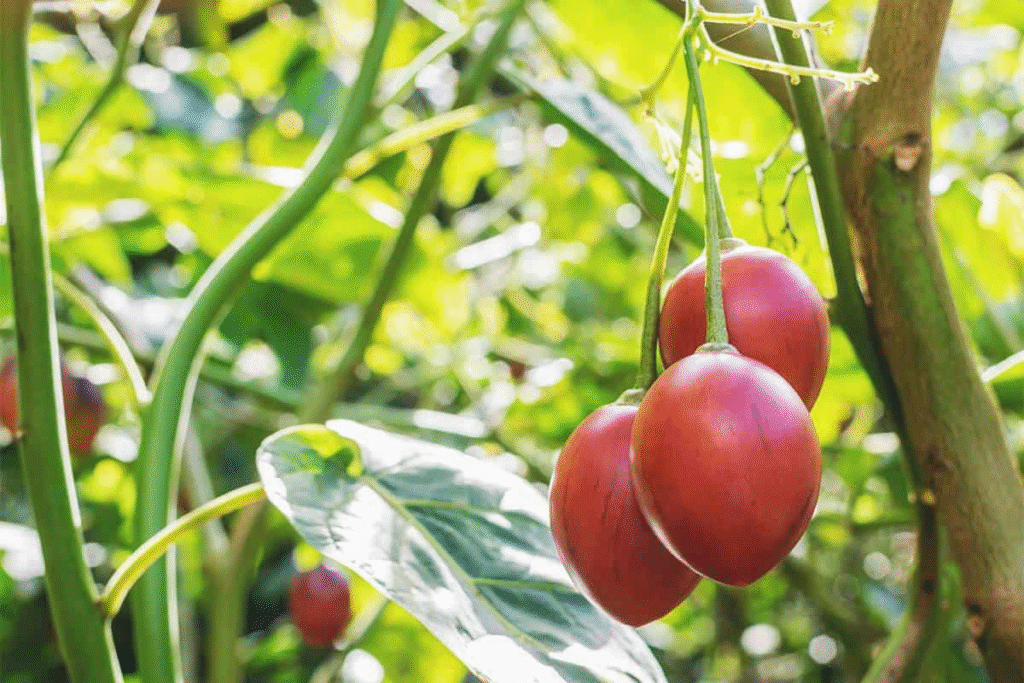
Propagation Methods
Beyond seed starting, you can propagate tamarillo through:
Softwood Cuttings
- Take 6-8 inch cuttings from new, flexible growth in spring.
- Remove lower leaves, leaving 2-3 sets at the top.
- Dip the cut end in rooting hormone.
- Plant in a well-draining rooting medium.
- Keep consistently moist and warm until roots develop (3-4 weeks).
Air Layering
This method allows you to propagate while the branch remains attached to the parent plant:
- Select a healthy branch and remove a ring of bark about 1 inch wide.
- Apply rooting hormone to the exposed area.
- Wrap with moist sphagnum moss and cover with plastic.
- Once roots form (several weeks), cut below the roots and pot up.
Conclusion
Growing tamarillo can be a uniquely rewarding experience for gardeners looking to expand their horticultural horizons. With proper care and attention to their specific needs, these fruit-bearing trees can thrive in many parts of the United States, either as perennials in warmer regions or seasonal attractions in cooler areas. Whether you’re growing them in containers or directly in your garden, the striking appearance and distinctive flavor of home-grown tamarillos will make your efforts worthwhile.
By following this comprehensive guide, you’re well-equipped to successfully grow, maintain, and enjoy this remarkable fruit tree. Remember that, like any gardening endeavor, growing tamarillo is a learning experience – don’t be discouraged by initial challenges, as each season will bring new insights and improvements to your cultivation techniques.
